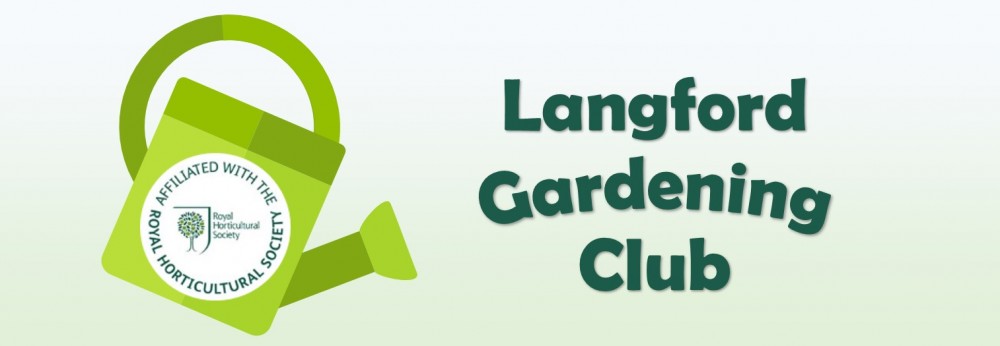Earth for Free
Every garden or allotment should have a compost heap. What compost heaps produce is organic matter (humus) which is anything rotted down that once lived. The best bit is it’s free.
To get started you can either buy a compost bin or make your own. If you are making your own it should be around 1m square. Any bigger and the air will not get to the middle. It can be constructed of wood or wire netting but make sure that there is access at the top and one of the sides so you can fill and empty it. It is best to have three bins; the first one you are filling, next is rotting down and the third you are using. Site the bins in part shade with the bottom directly on the soil to allow for drainage and worms to get in to do their work. If you have a plastic compost bin it is also a good idea to have a small trench under the bin covered with mesh so air can filter though the compost.
What can you put in your compost bin? Shredded paper (although not shiny magazine type paper) cotton and wool fabrics, uncooked vegetable trimmings, tea leaves and bags, grass clippings, annual weeds and any soft green plant material. You can also use woody plant material providing it has been though a shredder. What can’t you compost? Any cooked food, woody plant material such as Brussels stalks before they are shredded, meat and bones, any diseased plants, annuals weeds that have gone to seed, roots from perennial weeds and cat or dog waste.
Start building your compost heap by putting a layer of woody material, I know I have said that you should not use un-shredded woody material but this is placed at the bottom to aid air getting through the heap. Now start putting in layers of waste material, it is good to have a mixture of leafy material like grass and coarser material. To help aid the rotting process, mix the heap regularly. You can have layers around 10cm (4”) thick and sprinkle a little compost accelerator like Garotta and mix. If the compost is dry, water it and if you have a homemade compost heap, when you get to the top cover it with plastic or old carpet.
The compost will be ready in eight to twelve weeks in the summer and a little longer in the winter. Garden compost should not be used as a potting mixture because there will be pests, diseases and weeds in it that could damage delicate plants. Use it as a soil improver, (a planting compost mixed with the soil) when planting any more mature plants in the ground and in the trench under runner beans. You should note that there is very little food value in garden compost so you will always need to supplement compost with a feed at growing times.
